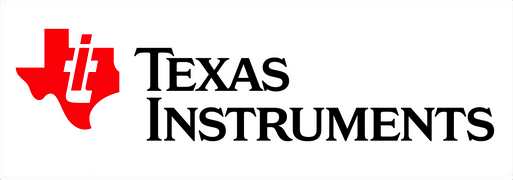Light-Field Displays:
In a light-field display, the image to be displayed is converted into different perspectives or viewing angles. Computational engines determine how the image would appear to a viewer at a large number of closely-spaced viewing angles. This data is converted into a set of pixels that must be activated for each of the viewing angles in order to correctly produce how the image would appear from the perspective of a viewer at each angle. Each holographic element, or “hogel” of the display utilizes a small array of mirrors on the DMD (a subset of the overall mirror array), with each mirror positioned behind a lens such that it controls the light directed into one specific viewing angle. A large DMD array can support multiple hogels (for example, a demonstrated system used a 1920 x 1080 array to produce a 14 x 18 array of hogels), and the hogels become the effective pixels of the displayed image. Such a system produces many different images, each image corresponding to one viewing angle, instead of a single image that is viewable from all directions, the latter of which is referred to as an auto-stereoscopic display. The depth cues in this display are more virtual – that is, depth is encoded in manner closely resembling the rendering of depth on 2D displays.


